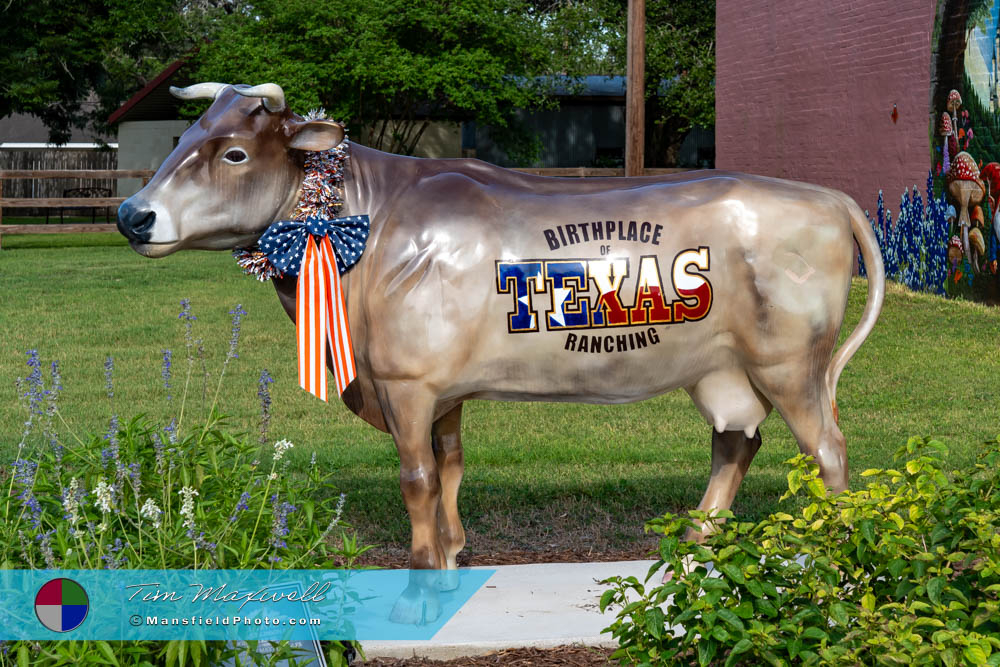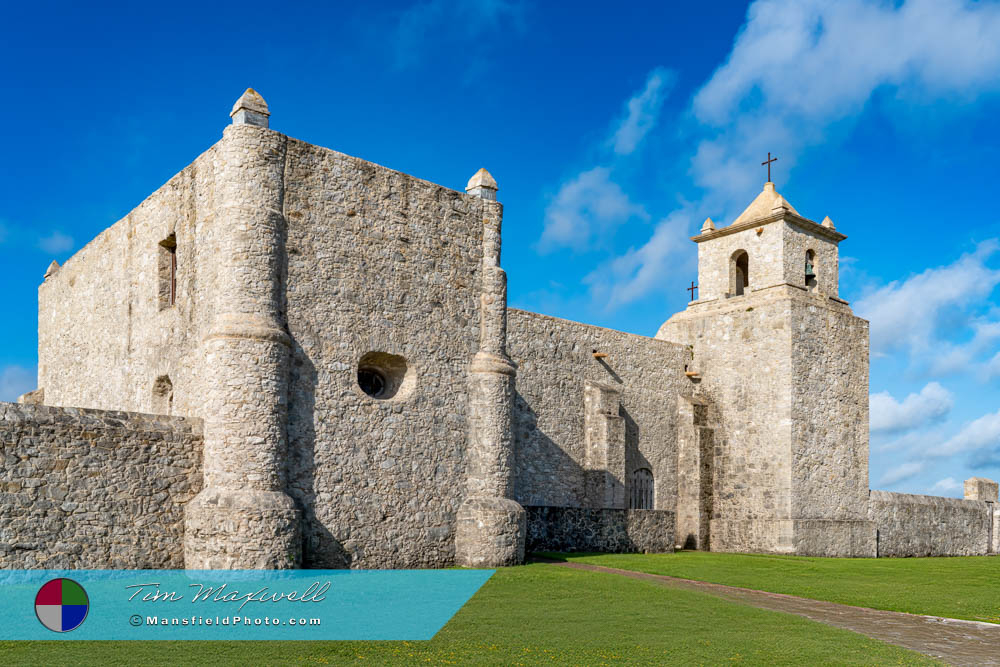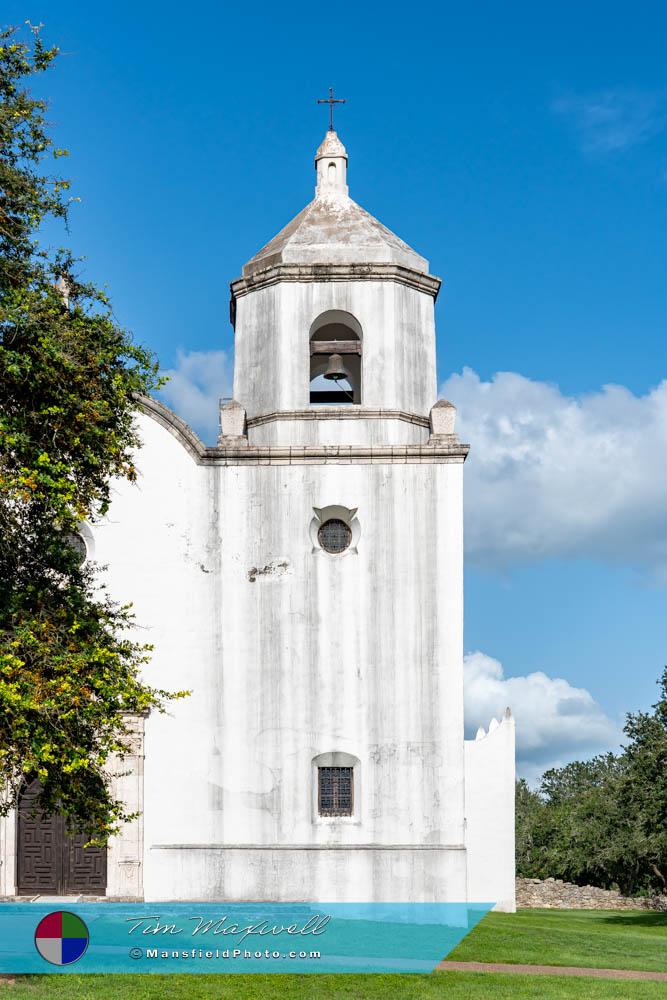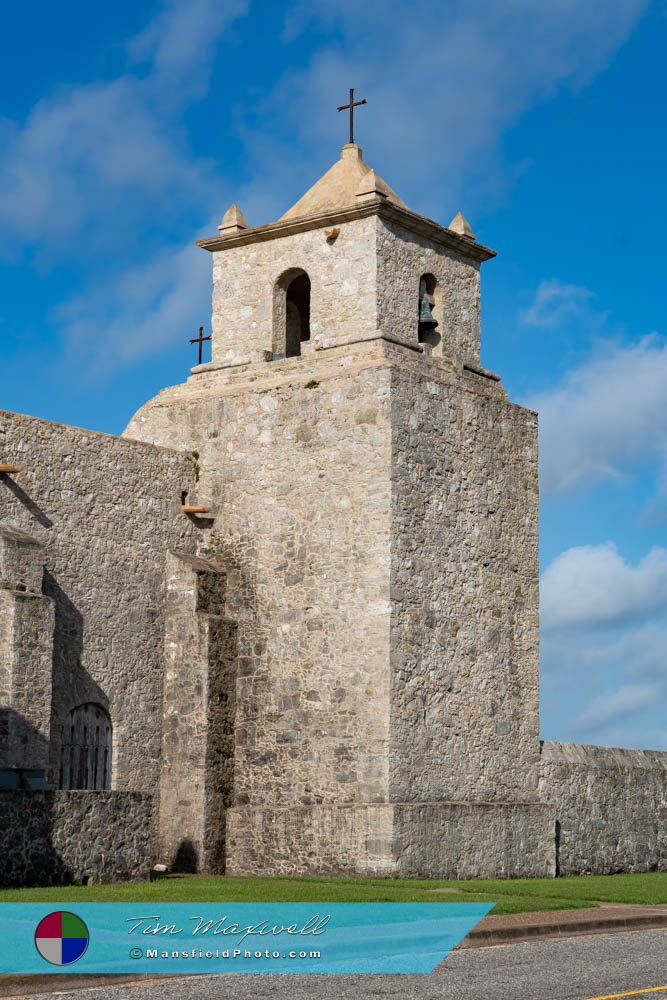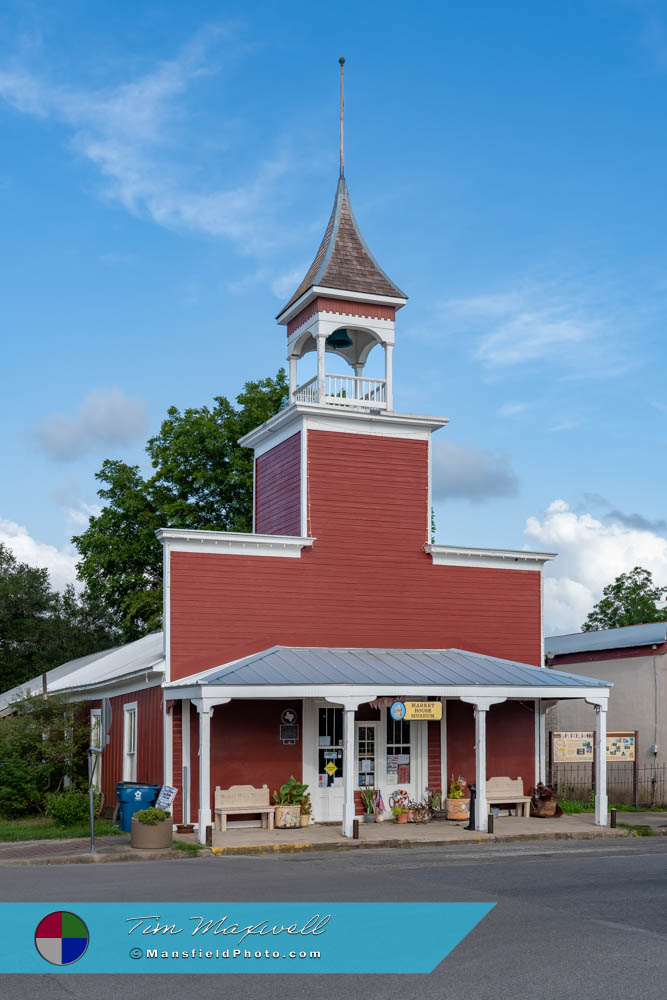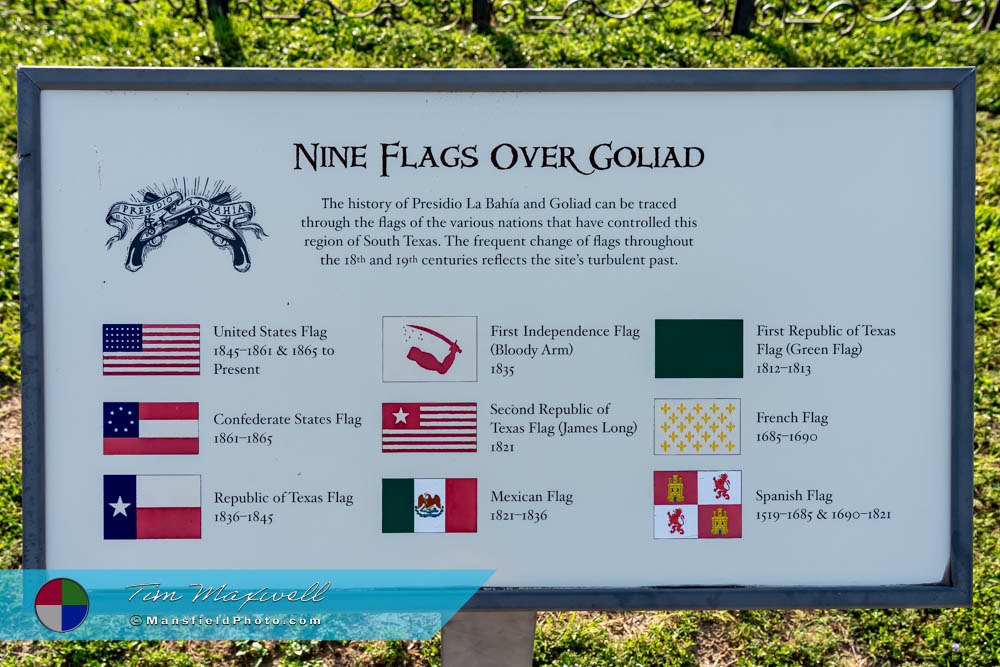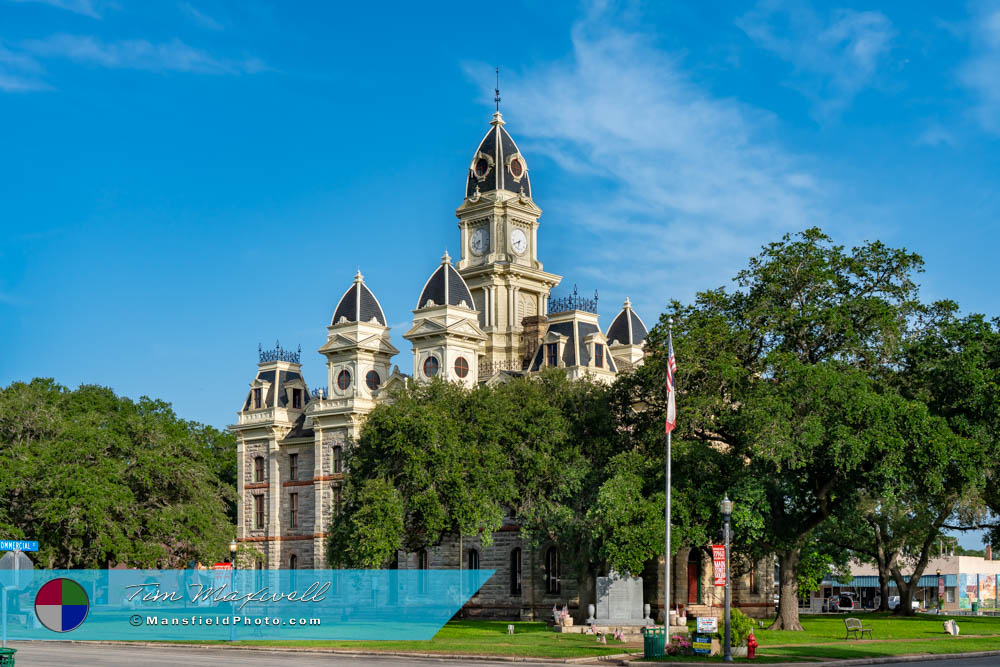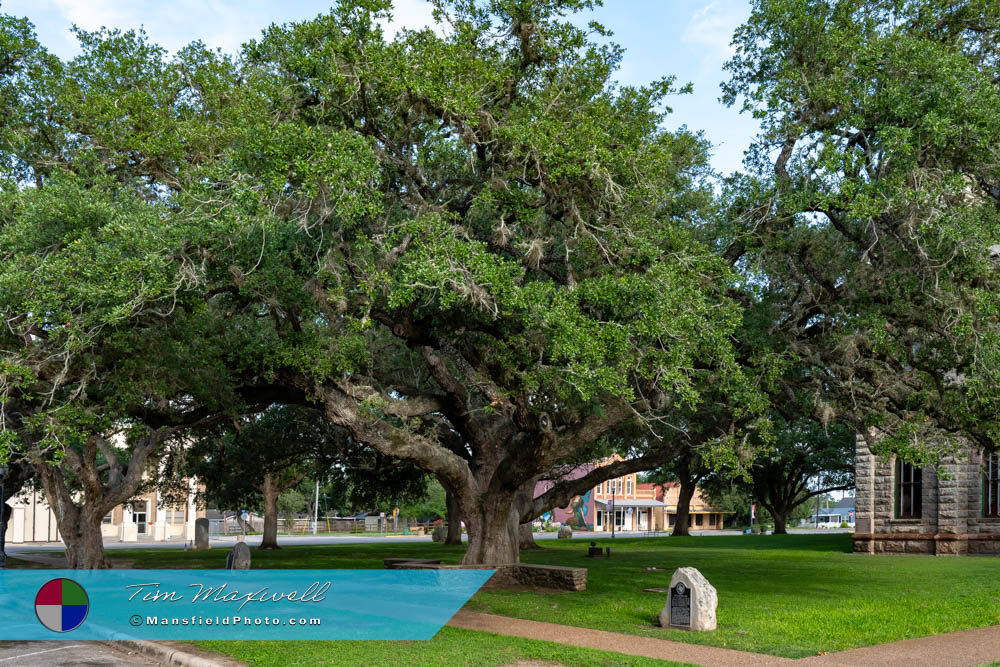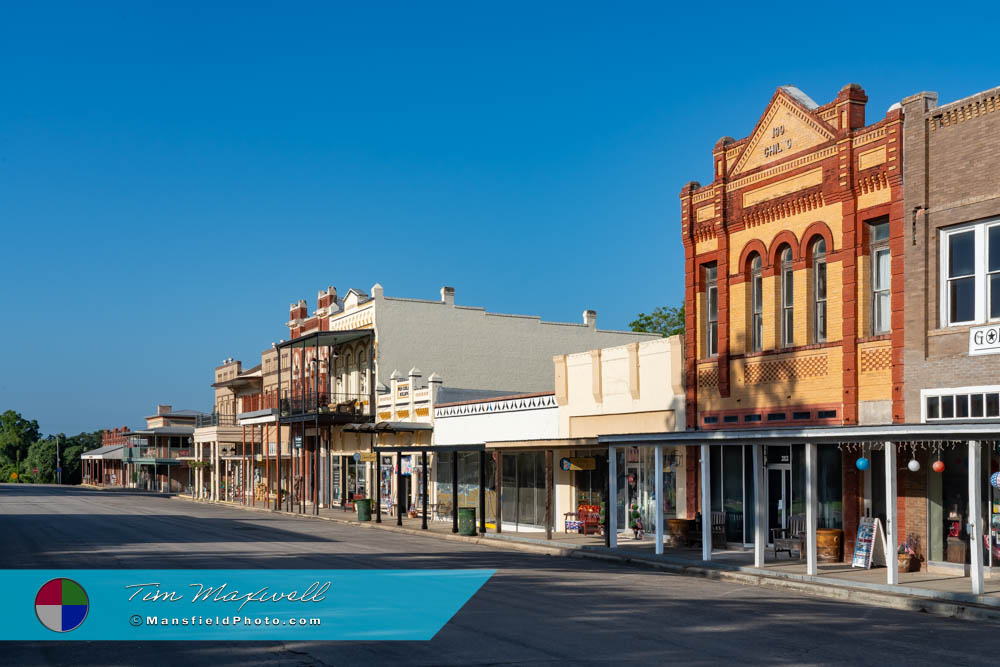Goliad, Texas
– Nine Flags and the Price of Freedom.
Some towns quietly hold on to their past. Others showcase it. Goliad? It lives it.. With foundations laid long before Texas was a republic, this South Texas treasure is more than a destination—it’s a revelation. Few places in the state offer as complete a window into Texas history, from Spanish colonization to the days of the Republic and beyond. It’s no wonder this town is on so many Texas travelers’ bucket lists.
The Beginning: A Riverbank That Changed Everything
The story begins in 1749, along the San Antonio River, when Spanish colonists relocated their fortified outpost and mission to what would become one of the three most important communities in Spanish Texas. Though the original Presidio La Bahía and Mission Espíritu Santo were established earlier in 1722 near Matagorda Bay, the Spanish saw the need to move inland for better water, soil, and protection from coastal threats. The result was a settlement that flourished under the mission-presidio system, eventually drawing settlers, soldiers, priests, and indigenous converts to the area.
This new location, chosen strategically for its proximity to the San Antonio River, quickly gained prominence. In the Spanish colonial days, it was part of the essential corridor that connected Mexico City to Louisiana through Texas. Trade, religion, governance, and military defense all passed through this growing outpost, making it a keystone of frontier life.
A Name Born of Revolution
When Mexico broke from Spanish rule, the young country sought to honor its heroes of independence. One of those was Father Miguel Hidalgo, whose 1810 call for freedom is seen as the spark that lit the Mexican War of Independence. In tribute, the town was renamed by rearranging the letters of his name—an anagram of sorts that resulted in the word Goliad.
In 1841, after Texas had won its own independence from Mexico, a new layout for the town was established on the north side of the river, and it became the seat of one of the original 23 counties in the Republic of Texas. The newly organized town retained the name and continued growing in influence and population.
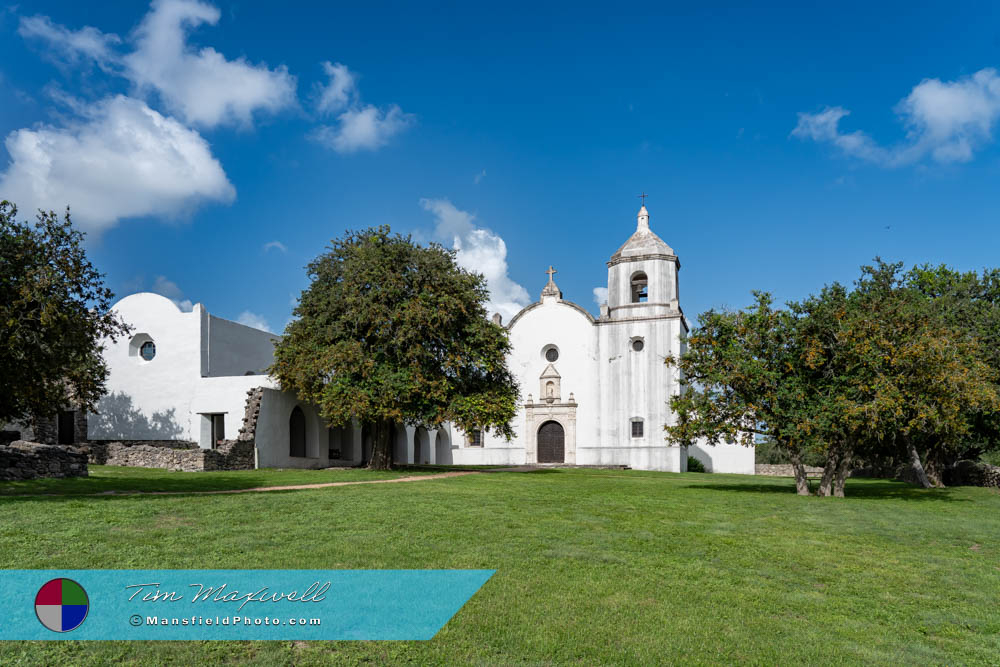
A Fortress and a Tragedy: Presidio La Bahía
Standing today just south of the river is one of the most remarkable historic sites in the state: Presidio Nuestra Señora de Loreto de la Bahía, a walled fort reconstructed with painstaking care and attention to authenticity. Its on-site Our Lady of Loreto Chapel, still in use, continues to offer Mass.
This fortress was the site of a devastating event during the Texas Revolution. In 1836, just weeks after the fall of the Alamo, Colonel James Fannin and approximately 350 Texian soldiers were captured at nearby Coleto Creek. They were brought back to the presidio and, under orders from Mexican General Santa Anna, executed in what became known as the Goliad Massacre. Today, a monument and preserved gravesite mark the place where those men were buried—an emotional reminder of the cost of independence.
More Than One Mission
While Presidio La Bahía gets most of the attention, it isn’t alone. Nearby, Mission Espíritu Santo, now part of Goliad State Park, is a beautiful reconstruction of the Catholic mission that once served the Aranama and Tamique tribes. This site is maintained by Texas Parks and Wildlife and features a museum, interpretive displays, and regular demonstrations of Spanish colonial life.
A few miles outside of town lies the Mission Rosario site, another Spanish-era religious center, although little remains above ground today. Still, its presence in the story of this area reinforces just how significant this region was in colonial and early Mexican Texas.
Flags of Many Nations
Most Texans are familiar with the six flags that have flown over the state, but few places can claim nine. This town’s history includes:
- Spain (1519-1685 & 1690-1821)
- France (La Salle’s brief occupation 1685-1690)
- First Republic of Texas (1812-1813)
- Mexico (1821-1836)
- Second Republic of Texas (1821)
- The “Bloody Arm” Flag of Independence (1835)
- Republic of Texas (1836–1845)
- Confederate States of America (1861-1865)
- United States of America
Each represents a layer of identity and struggle, from imperial ambitions to cries for freedom, and they collectively give this town one of the most layered political histories in Texas.
Legends, Lawmen, and the Lawless
After the Civil War, tensions ran high in many parts of the state, and this area was no exception. In 1865, Jack Helm led the Goliad County Regulators, a group created to fight lawlessness but known for their own violent reputation. Helm, who later became a captain in the infamous Texas State Police, was both feared and controversial. His group is a reminder that justice on the Texas frontier was often swift, brutal, and driven by personal alliances.
📸 Interested in More Photos of This Town?
Another enduring relic of this justice system stands outside the courthouse: the Hanging Tree, which still grows just steps from the front steps. It served its purpose during the turbulent 19th century, reportedly used for swift, if not entirely legal, executions. Today, it remains as a silent witness to the violence and authority of frontier law.
The Tornado of 1902
Disaster struck on May 18, 1902, when a violent tornado swept through the heart of town, killing over 100 people and leveling dozens of buildings. It remains one of the deadliest tornadoes in Texas history. Despite the destruction, the community rebuilt, and the town as it stands today is a testament to the resilience of its people.
A Voice Worth Remembering: John Mason Brewer
Among those who called this area home was John Mason Brewer, a folklorist, poet, and educator. He was one of the first African American authors to collect and publish African American folklore from Texas and the South. His work helped preserve the cultural heritage of a community often ignored in early historical narratives. Brewer’s legacy adds a literary and cultural layer to this town’s story, widening the scope of its significance beyond battlefields and churches.
A Walkable Time Capsule
Today, the historic downtown square feels more like a film set than a functioning county seat—but it’s very much alive. The Goliad County Courthouse, built in 1894 is a striking centerpiece with mansard roofs, clock tower, and limestone walls. It’s one of the most beautiful courthouses in Texas and remains in daily use.
Surrounding the square are antique stores, shops, restaurants, and galleries—many of them housed in well-preserved late 19th and early 20th-century buildings. The continuity of architectural design gives the square an immersive quality, inviting visitors to linger and imagine life across generations.
📍 Interested in exploring Texas’ natural beauty?
Check out our articles on Texas State Parks — every time we visit, we share captivating stories and stunning highlights from these incredible places!
Present-Day Perspective
Today, the town blends history and heritage tourism with small-town charm. Events like Goliad Market Days (monthly on the second Saturday), reenactments at Presidio La Bahía, and seasonal festivals bring locals and visitors together. School groups arrive by the busload to learn about the state’s early days. Photographers, artists, and writers find endless inspiration among the ruins and restorations.
Though small in population, the impact of this town on Texas identity is oversized. Whether it’s walking the stone corridors of the presidio, standing beneath the Hanging Tree, or hearing echoes of cannon fire from battle reenactments, visitors quickly realize this isn’t just another stop on the map—it’s where Texas remembers itself.
So if you’re putting together your Texas bucket list, don’t just pencil this place in—ink it in bold. There are few places that tell the story of Texas with such depth, breadth, and atmosphere. It’s not just worth visiting—it’s worth returning to.

